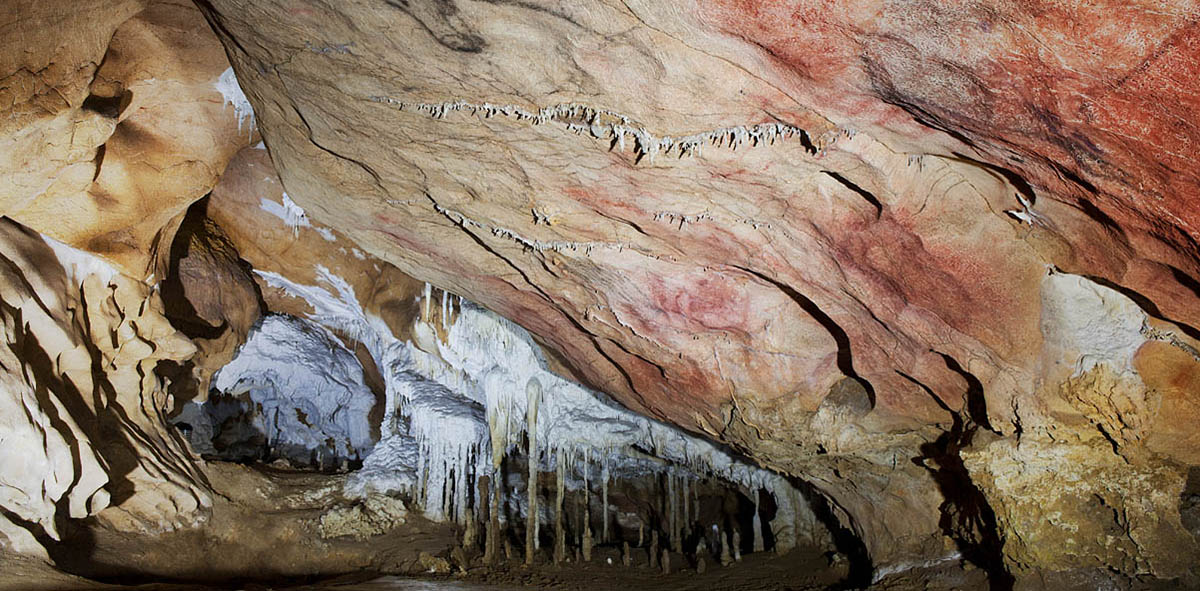
Asturias is an autonomous community of Spain, on the northern coast of the country. It is inhabited by around a million people and it is a very mountainous and green region. Here, under this uneven landscape, beautiful caves are hidden.
All the caves in Asturias They are famous and many people come to visit them and learn about their importance and geological wonder. There are popular routes, so today we will discover the most important caves in Asturias.
The Cave of Tito Bustillo
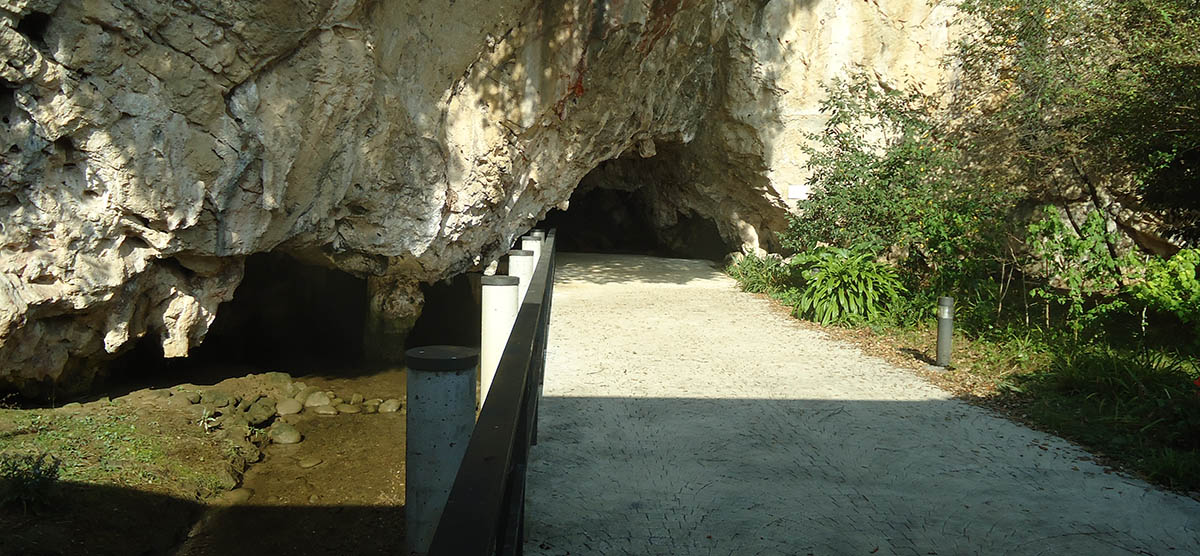
It is near the town of Ribadasella and there are guided tours, although if you plan to visit it, it is always advisable to make a reservation as places are limited. Why? Because if people come and go all the time, the rock art it houses could be damaged.
The discovery dates back to the late 60s. when some hikers found some of its impressive galleries. The discovery was extremely important and attracted national and international attention. Unfortunately a few days later one of the discoverers, Celestino Fernández Bustillo, died in a mountain accident and since then the Pozu'l'Ramu cave has been known as the Tito Bustillo Cave.
Inside the cave there are 12 groups of cave art, very varied, with signs, drawings of animals and some anthropomorphic representations. Thus, it is one of the best caves with rock art in Asturias. Only one part of the cave can be visited and that is the Main Panel Room. Today, from a somewhat distant position, the visitor can clearly see the large figures of horses and reindeer and some signs, but there is much more.
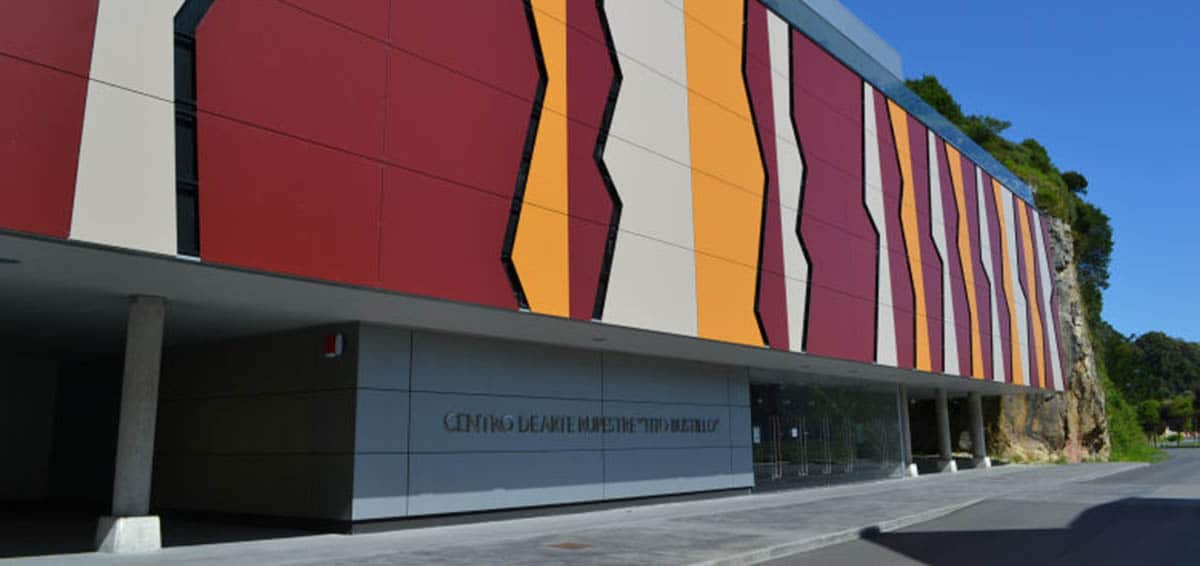
At entrance set there are red stains and traces of paint. Then there's the Entronque complex, a huge room where various paths converge, Here is a violet horse, a grilled sign. There is also a Gallery of the Horsessmall but wonderful Whale Set, with black and purple strokes and an animal that looks like a whale, something very rare in the cave in general.
El Set of the geometric signs It is a small panel but whose drawings are similar to those of other caves in the region. Hand in negative it is well known: it is painted in red and negative and is located in the upper area of the Long Gallery. It is, at the moment, the only hand in all of Asturias.
In the year 2000 it was discovered Gallery of the Anthropomorphs. According to radiocarbon dates 14 they are very old. The call Laciform set it is in a nook and it looks very much like a representation that is in the cave of El Pindal. There is also the Vulvas Dressing Room, emblematic of the Tito Bustillo cave, the panel of engraved zoomorphs, the Block of red signs...
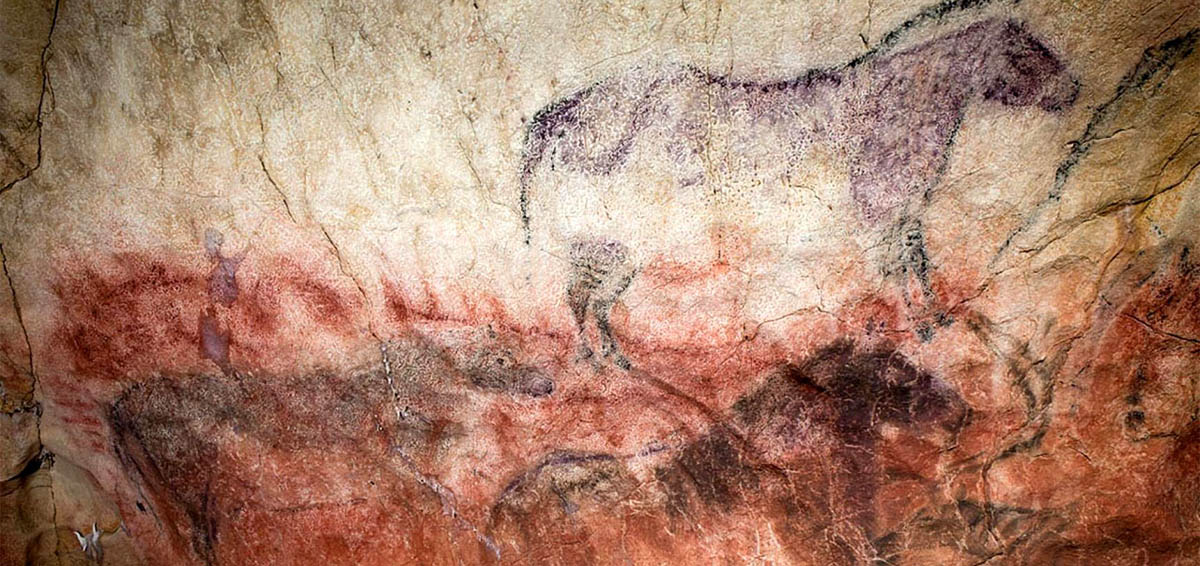
How do you get to this wonderful cave? The entrance is 300 meters from the Rock Art Center. With the ticket in hand, you can arrive at this center at least half an hour before the time of the visit. by car you can get there from Asturias and Cantabria using the A8. By bus, and by train you can also get to Ribadesella using the Oviedo-Santander line.
The cave is open from March 2 to October 30, Wednesday through Sunday from 11 am to 5 pm and closed Monday and Tuesday and August 6 and 7. It is visited in groups of a maximum of 30 people a day, six per pass. General admission costs 4,14 euros but It's free on Wednesdays.
Cueva del Pindal
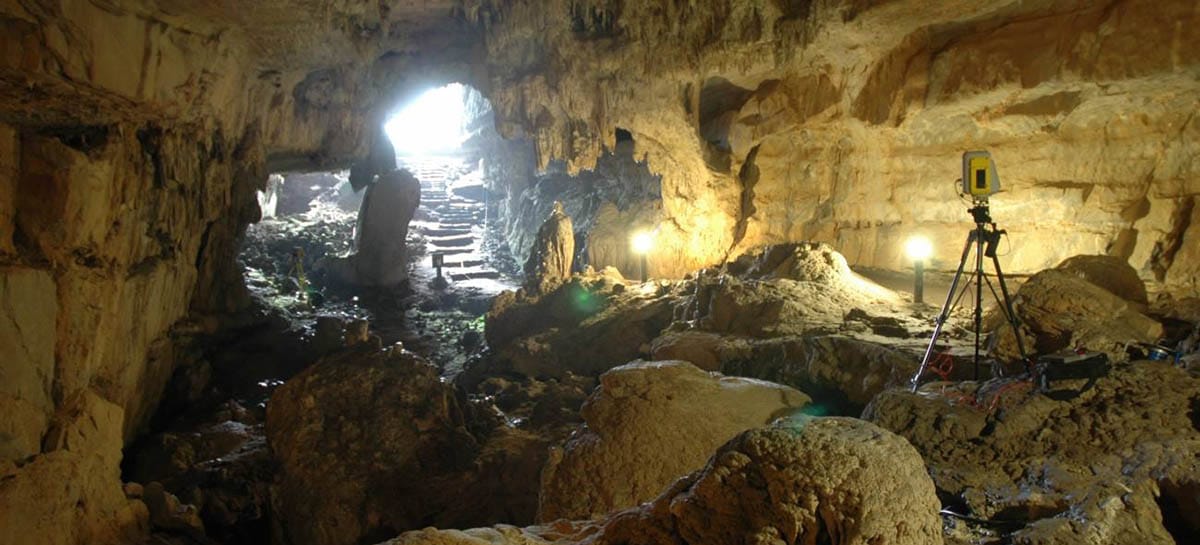
This cave is near the town of Pimiango, east of Asturias and very close to the border with Cantabria. It is a cave with many paintings and these are located in five areas where you will see deer, mammoths, bison, horses...
Its entrance faces the sea, it has a large hall with natural light and the gallery in the dark. The first part of the route is quite easy and that is where we will see the paintings and engravings, on the walls and on the ceiling.
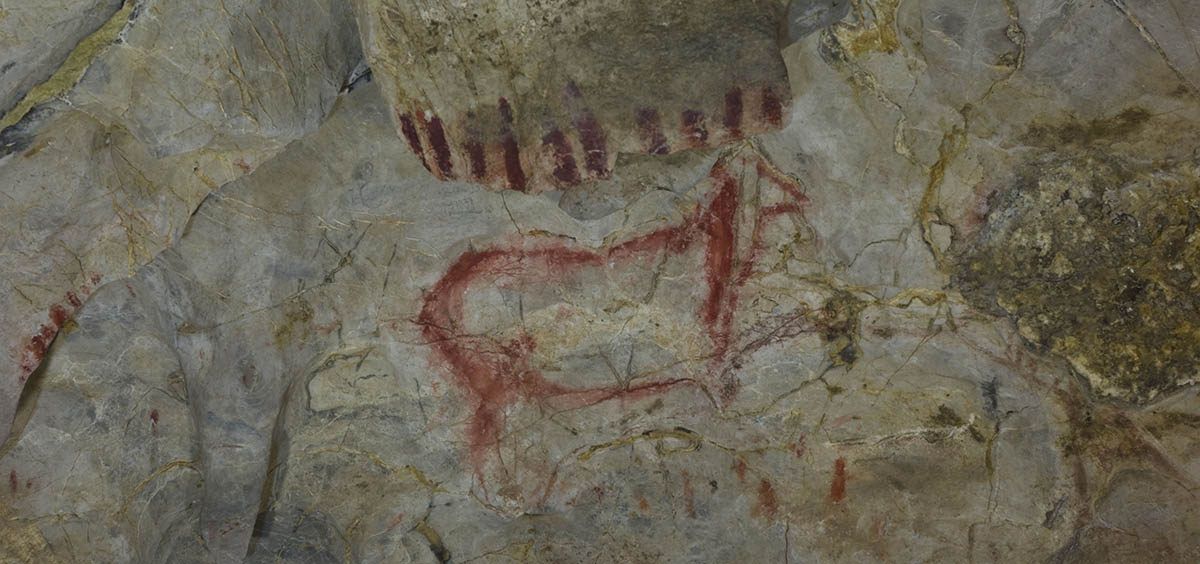
There is a main panel that is where the largest number of engravings and paintings are located, 80% are zoomorphic although there are also some abstract signs. Many bison, horses, a fish, mammoth and a doe are seen. The visitor can see practically all the figures but not the engravings.
The cave is open all year but closes on Mondays and Tuesdays. You must book in advance by phone. The general rate is 3,13 euros.
Buxu Cave
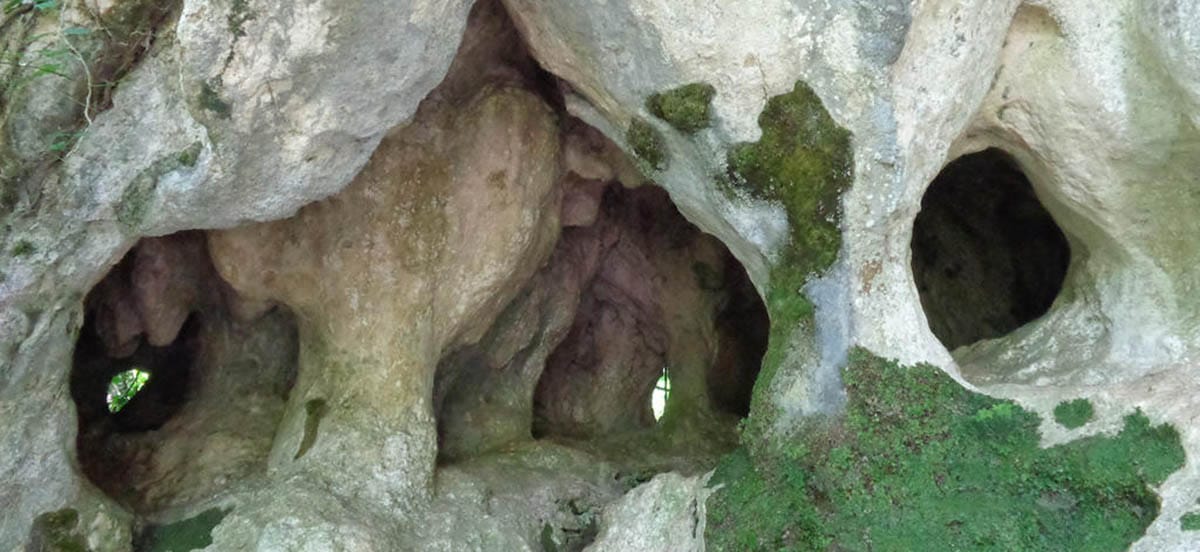
this cave was discovered in 1916, prospector of the Count of la Vega del sella, Cesáreo Cardín. It has wells, high galleries and a path that crosses a rather small gallery. The cave art is mainly made in black color and there are engravings. There is some red too.
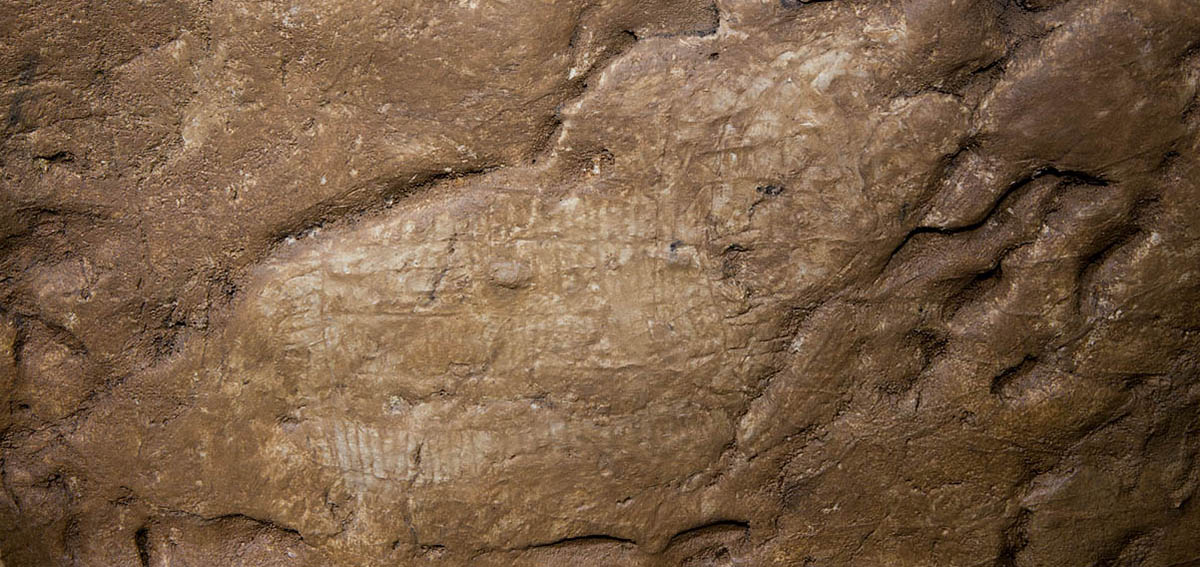
Archaeologists claim that the clayey character of the cave walls facilitated the engraving so there is a lot of this style and that makes this cave very special. It opens all year round, closes on Monday and Tuesday and yes or yes you will have to book by phone.
The Cave of Squirrels
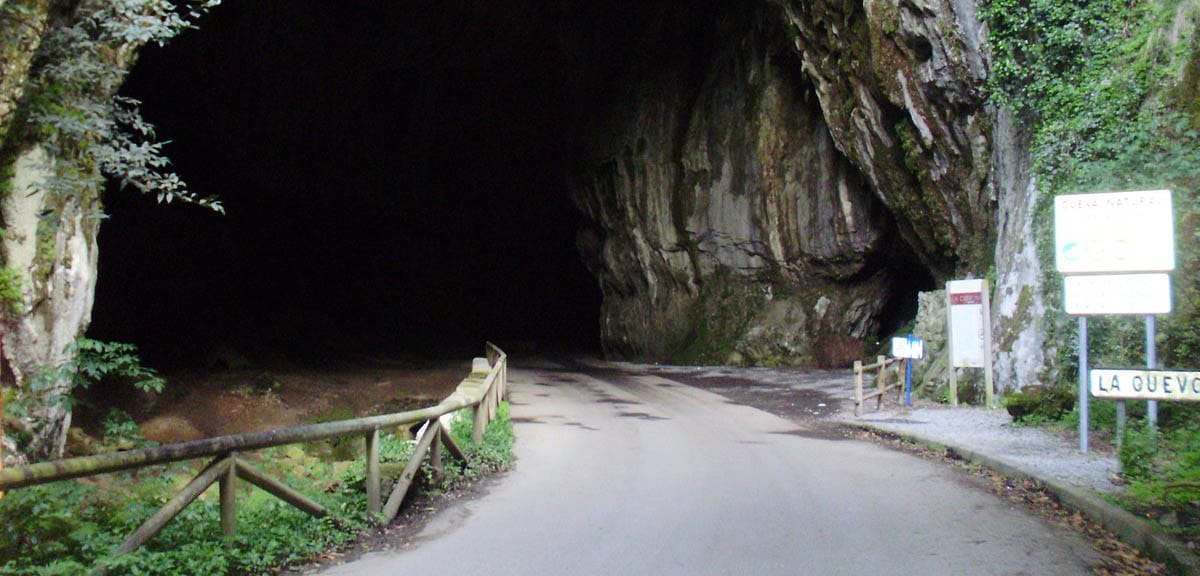
It is in the Ardines massif, Ribadesella, on a higher level like the Tito Bustillo cave, but it does not communicate with it. It is accessed from the northeast side, by a staircase of 300 steps.
The cave is formed with a 60-meter-long gallery that reaches a half-circular room with more than 5 meters high and many meters in diameter. In the ceiling there is a hole that opens to the ceiling and lets in light, and in its depths it touches the course of the San Miguel River.
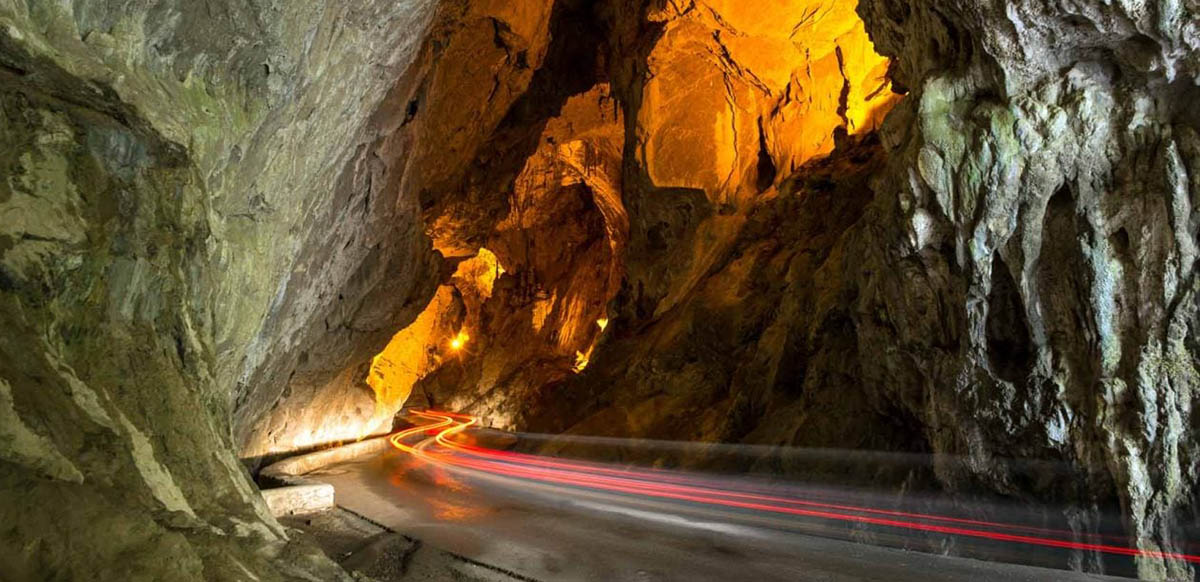
It is a cave whose archaeological exploration is long-standing. Open from February to December, closed on Mondays and Tuesdays. Your entry is free.
Loja Cave
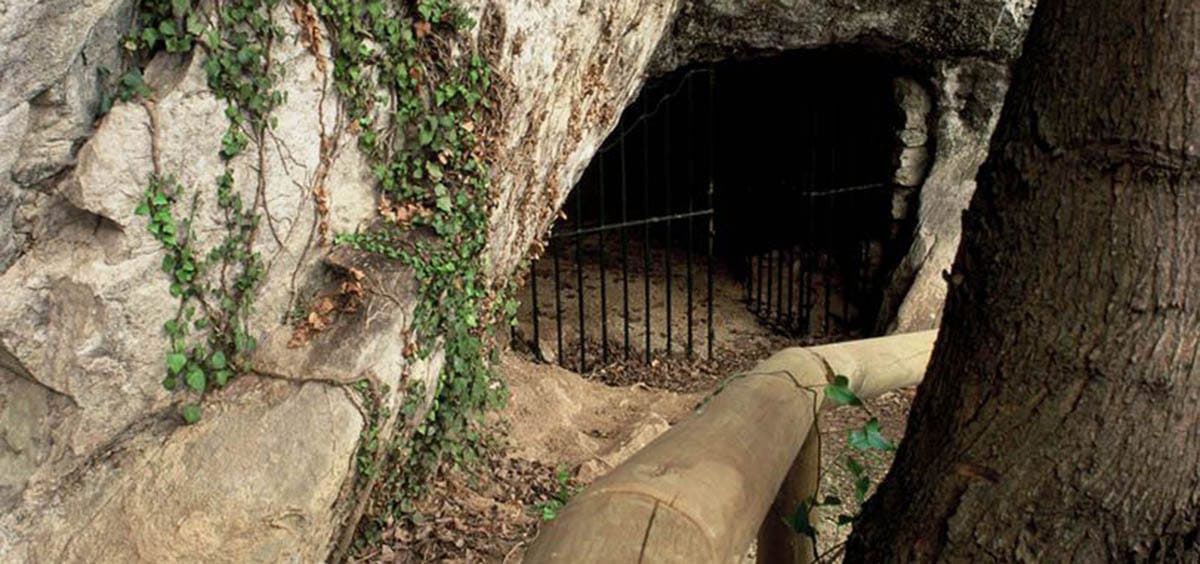
this cave discovered in 1908. It is small and opens on the right bank of the Cares-Deva river. Its entrance is small but it opens to a tall and narrow gallery, after traveling about 25 meters, which is where the set of paleolithic engravings in black. Six aurochs are seen and the quality of the engraving is great.
Furthermore, being a small cave the truth is that they can be seen more closely, something that does not happen in the largest caves. This cave opens at Easter and in summer and the visits are from Tuesday to Sunday. Closed on Mondays. and yes or yes, you have to book.
Candamo Cave
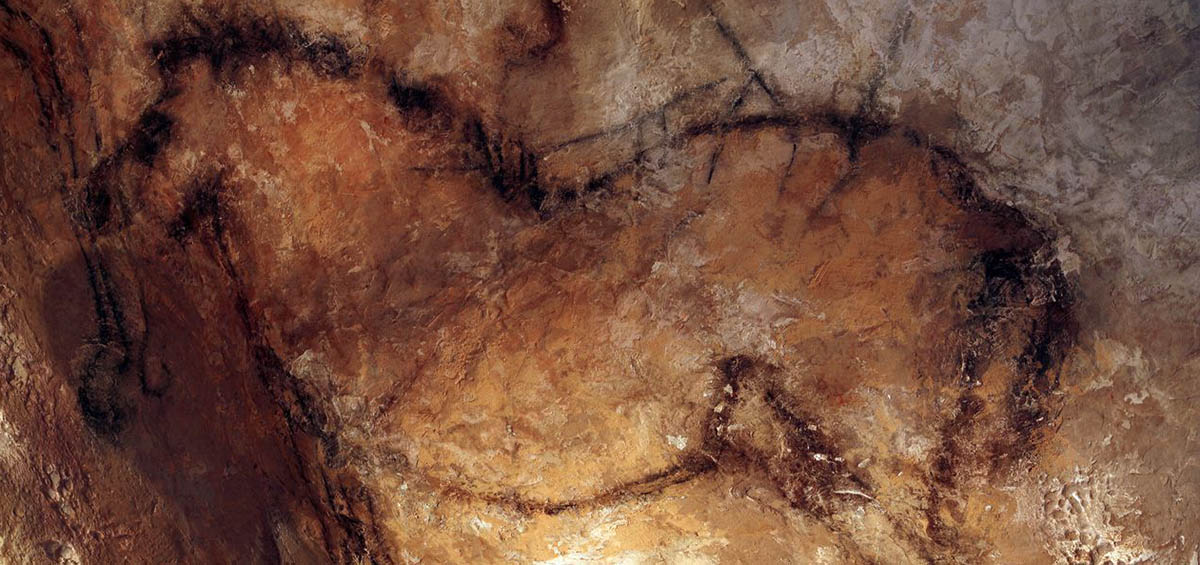
the cave is pretty big, on a limestone hill called La Peña that dominates the Nalón River, in San Román de Candamo. It was discovered in 1914 and that small entrance was enlarged and conditioned later.
Today the cave is organized in the Room of the Red Signs, the Room of Engravings, the Baatiscias Gallery, the Dressing Room, the Wall. The truth is that the cave art of Cueva de Candamo is wonderful and in 2008 it was included in the list of UNESCO World Heritage along with the famous Altamira Cave.
If you don't get to visit the cave you can visit its replicas in the Palacio Valdés Bazán, in San Román.
La Lluera Cave
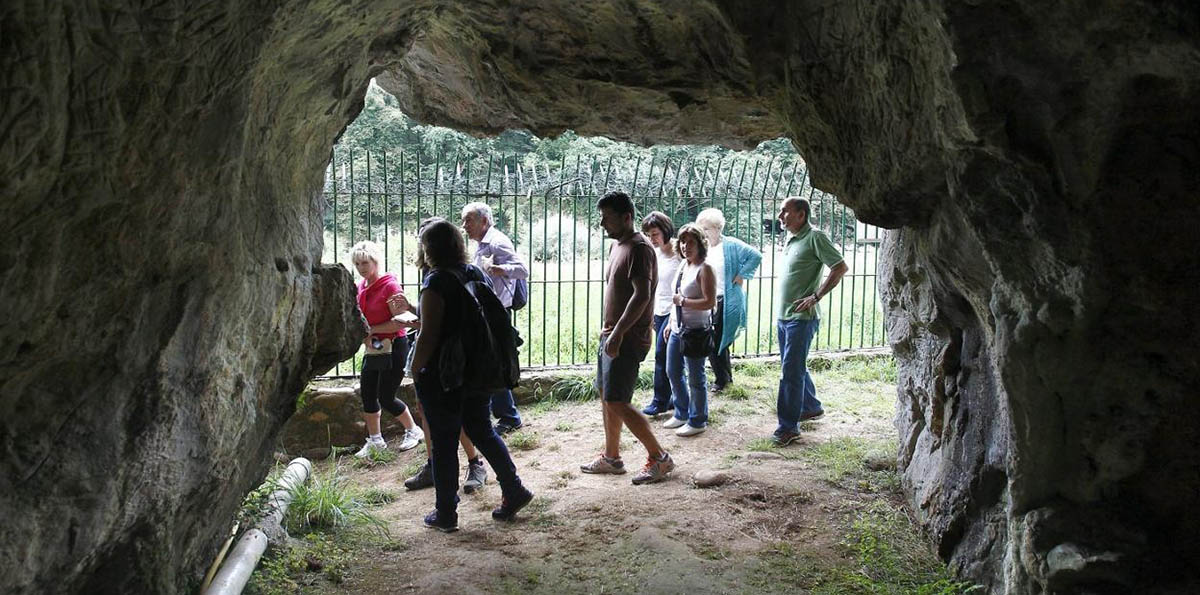
This cave is in the municipality of San Juan de Priorio and inside it has prehistoric art. Cave was discovered in 1979 and it is made up of two galleries joined on the inside on whose walls you can see figures of bison, horses, goats, deer and other animals. That in one cave, in the other there are geometric drawings.
It is the most important Paleolithic exterior art site in the region. There is a first set that was discovered in 1979 and a second a year later. There are horses, goats, hinds, aurochs, bison. It opens Holy Week and the summer and closes Monday and Tuesday.
Finally, we can name other important caves such as Cueva La Peña or La Huerta.